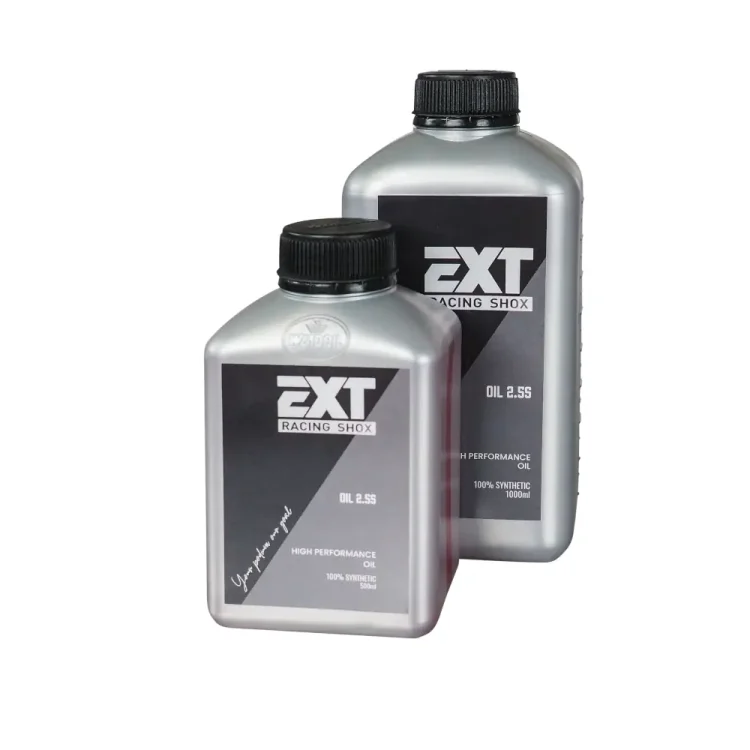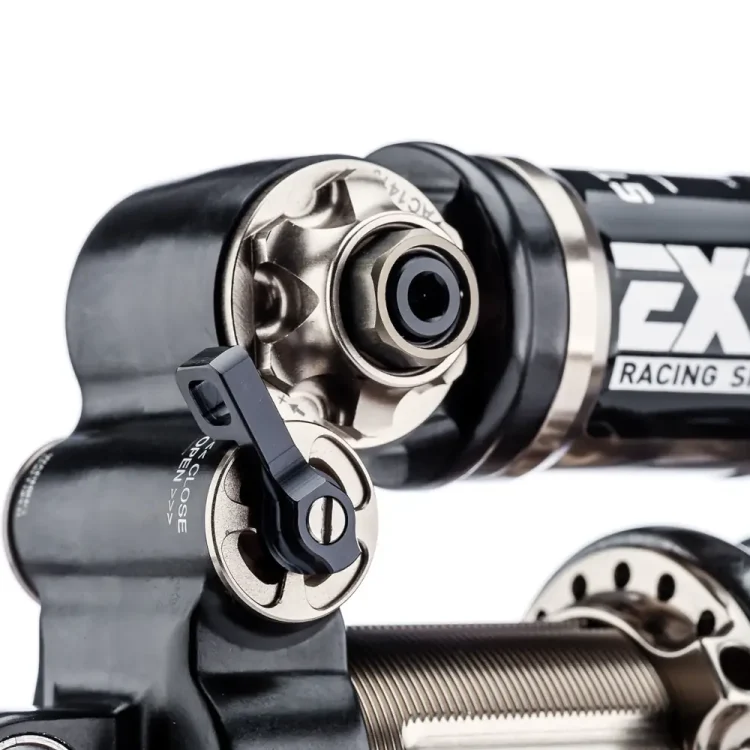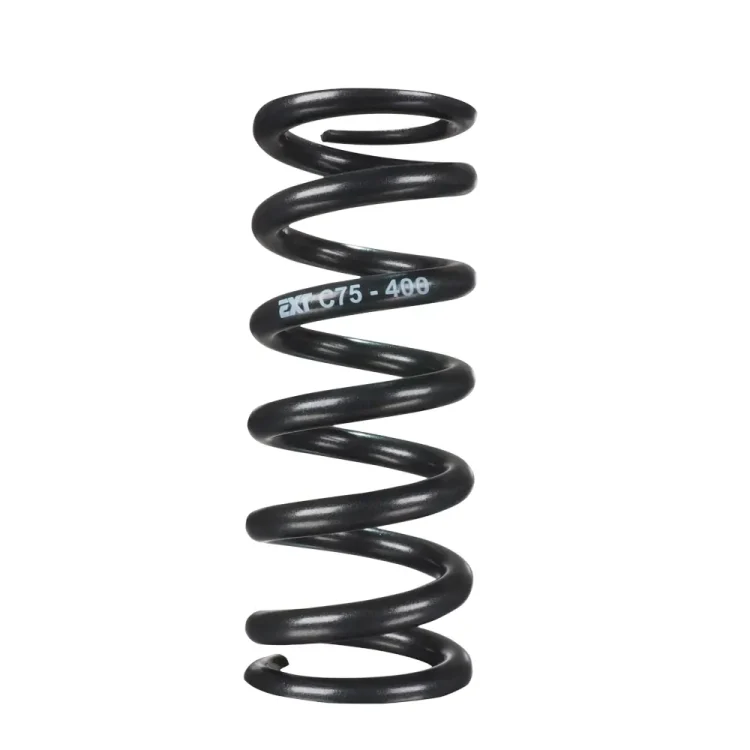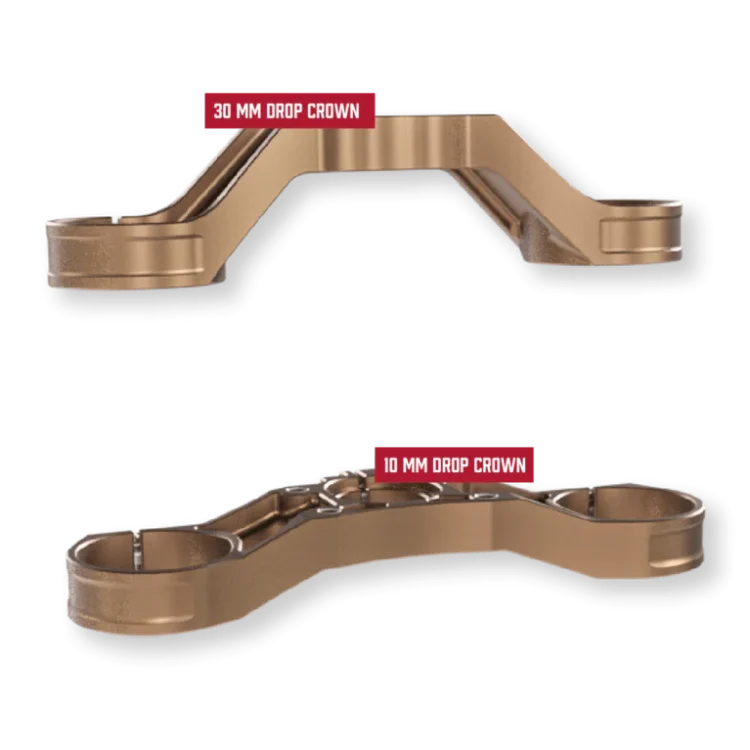EXT STORIA V4/ ARMA V4
1.095,00€
Adding to an already legendary resume, EXT is proud to introduce the new Arma and Storia V4 Series. The V4 is specifically designed to raise the bar on what is possible in MTB damper performance technology. Don’t be fooled by the similar appearance to its V3 predecessor, for beneath the surface the V4 beautifully refines and improves what was already an industry game changer. Building off of their prestigious pedigree in motorsports racing, EXT has worked diligently to put out a damper that ensures its rightful place as innovative industry leaders in the highly competitive MTB marketplace.
The V4 not only retains and refines foundational aspects of the V3, such as its unique mid body damper characteristics, hydraulic bottom-out circuit and notable high speed control, while simultaneously addressing and integrating feedback from our riders. The V4 celebrates a position sensitive rebound hydraulic top out system, frequency dependent damping, an externally adjustable HBC and a steel DLC coated damper shaft. All of this and more coming in a stronger yet quieter package.














